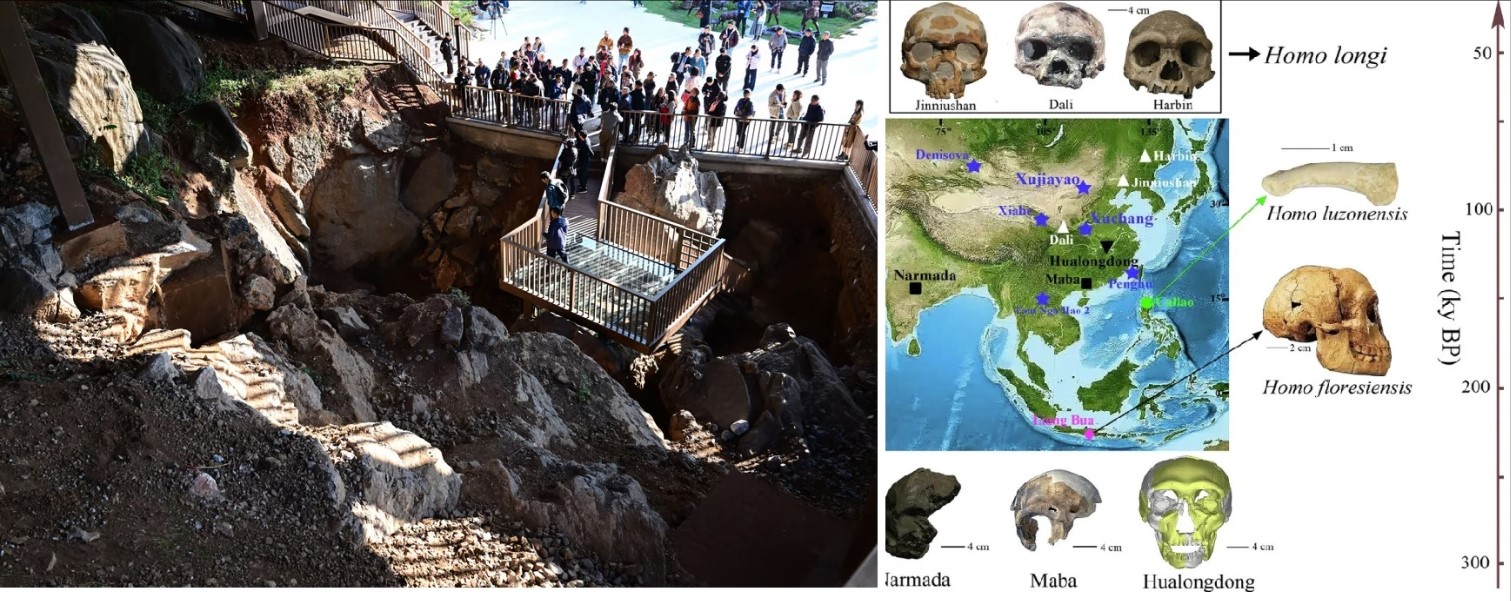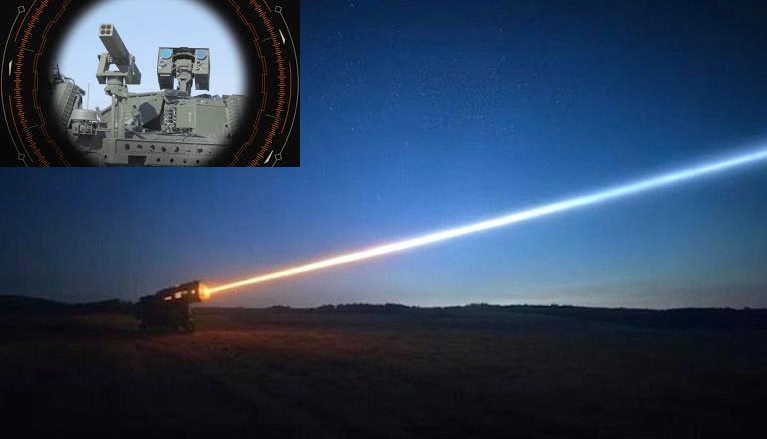Hualongdong Cave Fossils Challenge "Out of Africa" Theory, Offer New Insights into Human Evolution

A groundbreaking discovery in the Hualongdong cave of Anhui province, eastern China, has captured global attention, potentially rewriting chapters of human evolution. The unearthed fossils, belonging to a group of 20 individuals, date back approximately 300,000 years—a pivotal period bridging archaic Homo erectus and modern Homo sapiens. This find sheds light on the evolutionary transition in East Asia, presenting evidence that challenges the long-held "Out of Africa" theory of human origins.
The Significance of the Hualongdong Discoveries
The Hualongdong site was first identified in 1988, but systematic excavations commenced only in 2013. Over the years, researchers have unearthed numerous fossils, including a nearly complete skull, bone fragments, stone tools, and remains of over 80 vertebrate species. The latest findings, revealed at a scientific conference in Dongzhi county, include a remarkably preserved metatarsal bone, fragments of the skull, and a femur, alongside ancient animal remains like stegodons and extinct pandas.
What makes these fossils particularly intriguing is their combination of traits—primitive features from Homo erectus and modern characteristics found in Homo sapiens. A skull of a teenage girl discovered in 2015 stands out, as it exhibits a flat face, high eye sockets, and a slender jawbone hinting at the development of a chin—a key feature of modern humans. Researchers believe these individuals represent a critical evolutionary stage in the East Asian journey toward modern humans.
Implications for the "Out of Africa" Theory
Traditionally, the "Out of Africa" model has dominated the narrative of human evolution, positing that modern humans emerged in Africa around 200,000 years ago and later spread across the globe. However, the Hualongdong fossils suggest that East Asia might have been home to parallel evolutionary developments. Liu Wu, a lead researcher, noted that these fossils indicate modern human traits appeared in the region as early as 300,000 years ago, predating earlier estimates by 100,000 years.
Xu Xing, a renowned paleontologist, highlighted that the complex mix of traits in the Hualongdong individuals hints at a more intricate evolutionary web. The mandible of the teenage girl's skull could hold answers to pivotal questions about Homo sapiens' emergence, possibly supporting theories of multi-regional evolution rather than a singular African origin.
Daily Lives of Hualongdong Humans
Beyond their evolutionary significance, the Hualongdong fossils offer a glimpse into the daily lives of these ancient humans. Evidence points to the use of finely crafted stone tools, indicating a high level of intelligence and technical skill. The arrangement of the cave suggests designated areas for cooking and sleeping, reflecting an organized social structure. Researchers theorize that the family used the karst cave to shelter from predators, with future explorations aiming to uncover more about their living environment.
Broader Context in Human Evolution
The discoveries from Hualongdong are part of a growing body of evidence challenging traditional narratives about human evolution. Recent fossil finds across China, including the Xuchang skulls and discoveries in Dali, have similarly hinted at unique evolutionary developments in the region. These findings underscore the possibility that modern human traits emerged independently in various locations, reshaping our understanding of prehistoric migrations and interbreeding between different hominin groups.
A New Frontier in Evolutionary Science
While the findings from Hualongdong provide compelling evidence, researchers caution that more work is needed to draw definitive conclusions. Future excavations, particularly in the collapsed sections of the cave, may yield additional fossils that could further illuminate the transition from archaic to modern humans. As Liu Wu aptly stated, "The Hualongdong humans represent a critical turning point in human evolution, and their story is far from over."
The discoveries from Hualongdong not only enrich our understanding of humanity’s distant past but also open new avenues for exploring how we came to be the species we are today. They serve as a reminder that the journey of human evolution is as complex and varied as the landscapes our ancestors once roamed.



